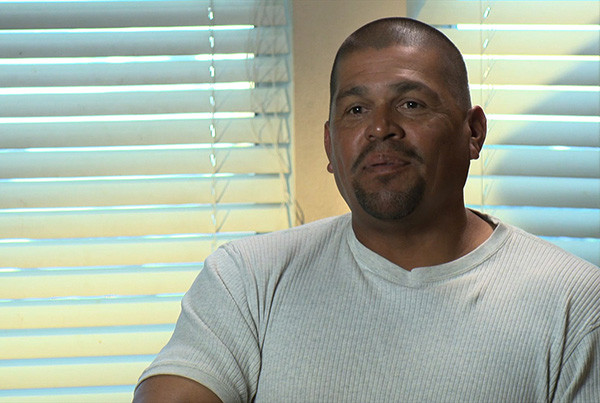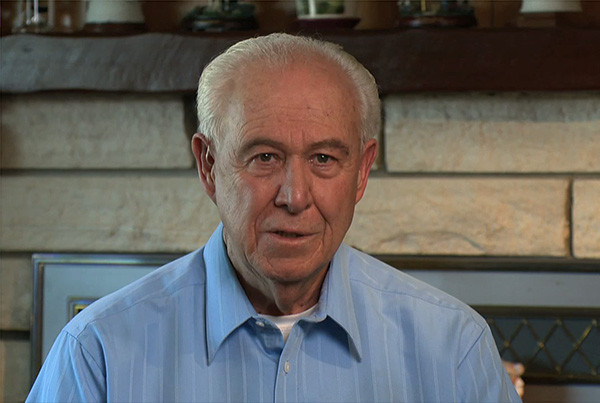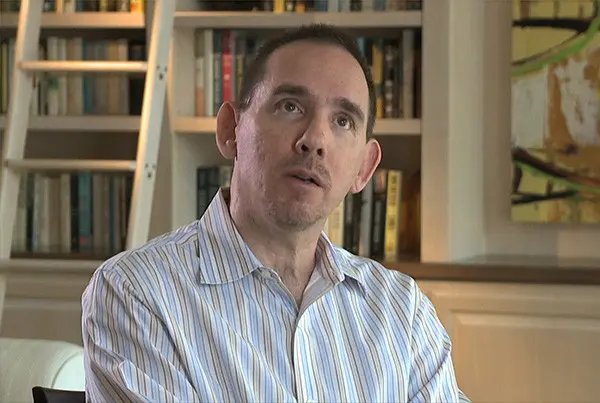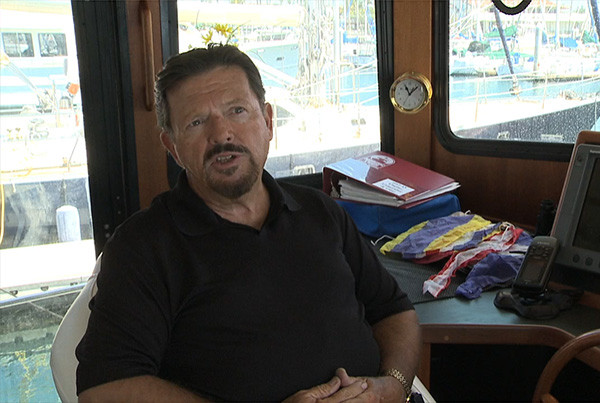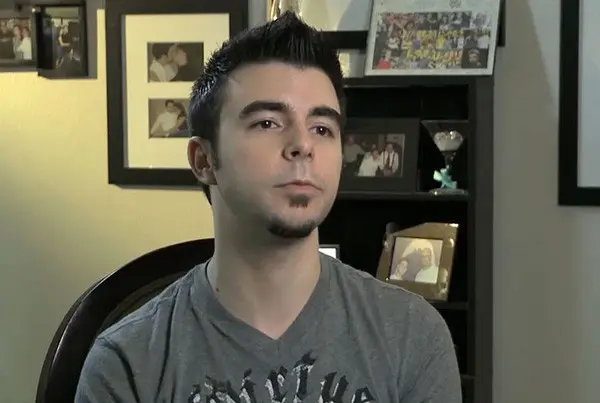Medical Therapy For Erectile Dysfunction
Home > Erectile Dysfunction > Medical Therapy For Erectile Dysfunction
- Conditions
-
- Intro & Anatomy of the Urethra
- Causes & Symptoms Of Urethral Strictures
- Urethral Stricture Diagnostic Evaluation
- Dilation, Urethrotomy, Stent
- Meatotomy & Urethrostomy
- Urethroplasty
- Urethral Stricture Treatment
- Bulbar Strictures
- Pelvic Fracture Urethral Injury
- Lichen Sclerosus – Balanitis Xerotica Obliterans – BXO
- Our Urethral Stricture Results
- Complications & Prevention Of Urethral Strictures
- Recurrent Urethral Strictures
Video Selections
Medical Therapy for Erectile Dysfunction
Men with erectile dysfunction (ED) naturally would prefer an erectile dysfunction cure over ongoing treatment with medical therapy or surgery. In some cases, a “cure” is possible. For example, after surgery to remove the prostate to treat prostate cancer, it is not uncommon for the patient with normal erections before surgery to develop ED after surgery. It is quite possible for normal erectile function to return within 6+ months of surgery. What leads to the erectile dysfunction cure is time and healing. If there are medical conditions and illnesses leading to ED, appropriate treatment of those underlying conditions can then be associated with a return of excellent erectile function.
However, in many if not most cases, erectile dysfunction therapy is an ongoing process just as high blood pressure is often treated with medication that continues indefinitely. Fortunately, ED therapy is generally effective!
Erectile Dysfunction Treatment – Oral Medications
Most men with ED are initially treated with an oral medication such as Viagra, Levitra, or Cialis by their primary care doctor or local Urologist. The development of Viagra which was introduced in 1998, followed by other similar medications (called PDE5 inhibitors), revolutionized erectile dysfunction therapy.
In Layman’s terms, this is how Viagra and other oral medications work: Inside the penis, there is tissue that is called “vascular smooth muscle”. It looks like a bloody sponge, and it fills with blood during an erection. What causes this to happen is that with sexual interest and stimulation, nerves inside the penis release a substance that leads to something called cGMP to be around this bloody spongy tissue. When that happens, the cGMP relaxed this smooth muscle leading to blood filling the penis and then there is erection. In the body there is another substance called an enzyme (called PDE5) that breaks down this cGMP and when that happens, the erection goes away. What Viagra does is inhibit PDE5. In other words, Viagra prevents the cGMP that is helping promote the erection from being taken away from breakdown, leading to an enhanced erection. This gives the patient more “bang for his buck” when the nerves release a substance to promote an erection by allowing the substance to be around longer and do a better job of insuring a good erection.
What Viagra and other pills don’t do is cause an erection. A man should not think that if he takes Viagra, he can just later look at his penis and find that it is fully erect. These pills enhance responsiveness to stimulation when taken approximately 45 minutes before desired sexual relations. Viagra was the first medication used with a common starting dose of 50mg and a maximum dose of 100mg. Then, other options became available. Cialis is an interesting option as it was formulated so that it can be given as a daily pill rather than an erectile dysfunction medicine to be used “on demand”.
Contraindications to the use of these medications for impotence treatment include angina that is treated with nitroglycerine. If oral medication is not effective, not tolerated, or contraindicated, then alternatives are available.
Erectile Dysfunction Injections
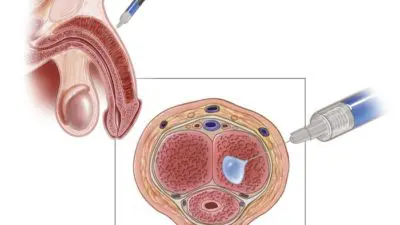
Injection Therapy for Erectile Dysfunction Treatment
When oral medications are ineffective, injection therapy is often the next option that is pursued. ED treatment with injection therapy involves self-administration of a small amount of medication into the side of the penis using a small needle and syringe. This option can seem very undesirable due to concerns about pain and the idea of a man actually injecting something into this penis with a syringe and needle. However, most patient find that this is really very well tolerated and not associated with any significant discomfort. Our preference is to use a 3-drug combination, called “triple therapy” or “tri-mix” for penile injections. When our patients choose this treatment option, they are first taught exactly how to draw the medication into the syringe and perform the injection. Dr. Gelman demonstrates how to inject using saline. When asked if that was painful, and now much it hurt on a scale of 1-10, a common answer is 1-2.
The patient then demonstrates his ability to perform self-injection using saline using proper technique. We review how to titrate the dose, and we explain that one injection therapy side effect can be an abnormally prolonged erection. This is called priapism, and when there is an erection that persists for 4 hours, prompt treatment by a physician is necessary to prevent permanent damage (fibrosis) to the penis. Only after careful teaching is the medication then ordered. These medications are combined at a specialty pharmacy called a compounding pharmacy. We call a compounding pharmacy and order the medication and supplies, to be delivered to the home of the patient.
It is not uncommon for men to be seen at the Center for Reconstructive Urology for ED, and state that they tried injection therapy, and it did not work. Upon further questioning, in many cases, it becomes apparent that they were not properly taught how to correctly draw up and dose and inject the medication. For injection therapy to have failed, that should indicate that the maximum dose of the appropriate medication stored properly (refrigerated) injected into the proper space did not produce an adequate erection.
MUSE – Alprostadil
This is a medication that is in the shape of a small pellet of medication. It is inserted into the opening of the urethra with an included disposable plastic applicator. This medication is vasoactive, which means that it promotes blood flow within the penis. Disadvantages include urethral discomfort and a significant percentage of patients do not achieve an adequate response. It has fallen out of favor as a erectile dysfunction treatment option.
Vacuum Pump Erection Device
This is also called a vacuum erection device or penis pump. A penile implant is also called a “penis pump”, but a penile implant (also called a penile prosthesis) is a device surgically implanted inside the body, and a vacuum pump is a non-surgical treatment option.
This is a device that is placed over the penis. During use, a vacuum is created between the pump and the penis, promoting blood flow to the penis. Once the device is removed after an erection is achieved, the erect penis could soon become flaccid. In this situation, the vacuum device can be used in combination with an elastic constricting ring that is placed at the base of the penis after the pump is removed. The pump promotes the erection, and the ring helps maintain the erection. One advantage of this treatment option is that it does not require medication or surgery. One disadvantage is that men may find it cumbersome, and the need to use this device embarrassing and artificial.

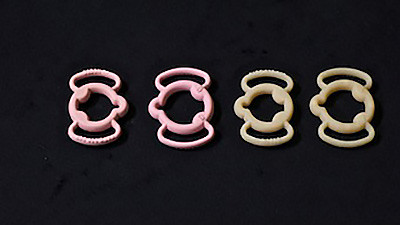
Gainswave, Stem Cells, Priapus Shot
There are a variety of newer “revolutionary breakthrough” ED treatment options being promoted on the Internet. Urologists who offer these treatment options to promote their practices can be located on manufacturer websites. The websites created by those who sell these erectile dysfunction treatments indicate they are “clinically proven”. However, the Sexual Society of North America, a respected professional organization not trying to sell products for profit, does not consider these treatments to be revolutionary breakthrough solutions that cure erectile dysfunction and/or help men achieve optimal sexual performance.
We do not offer these treatment options that “everyone is talking about”.
Dr. Gelman and the Center for Reconstructive Urology receive no reimbursement or profit from the sale of oral medications, vacuum devices, or injection therapy medications. Dr. Gelman has no financial interest in any pharmacy that provides, and he has no financial relationships with any drug company or device manufacturer. Therefore, when a specific medication or product is recommended, our patients can be assured that there is no bias or even the appearance of a conflict of interest.
To lookup industry financial relationships that may represent conflicts of interest, information related to any physician can be found here.


